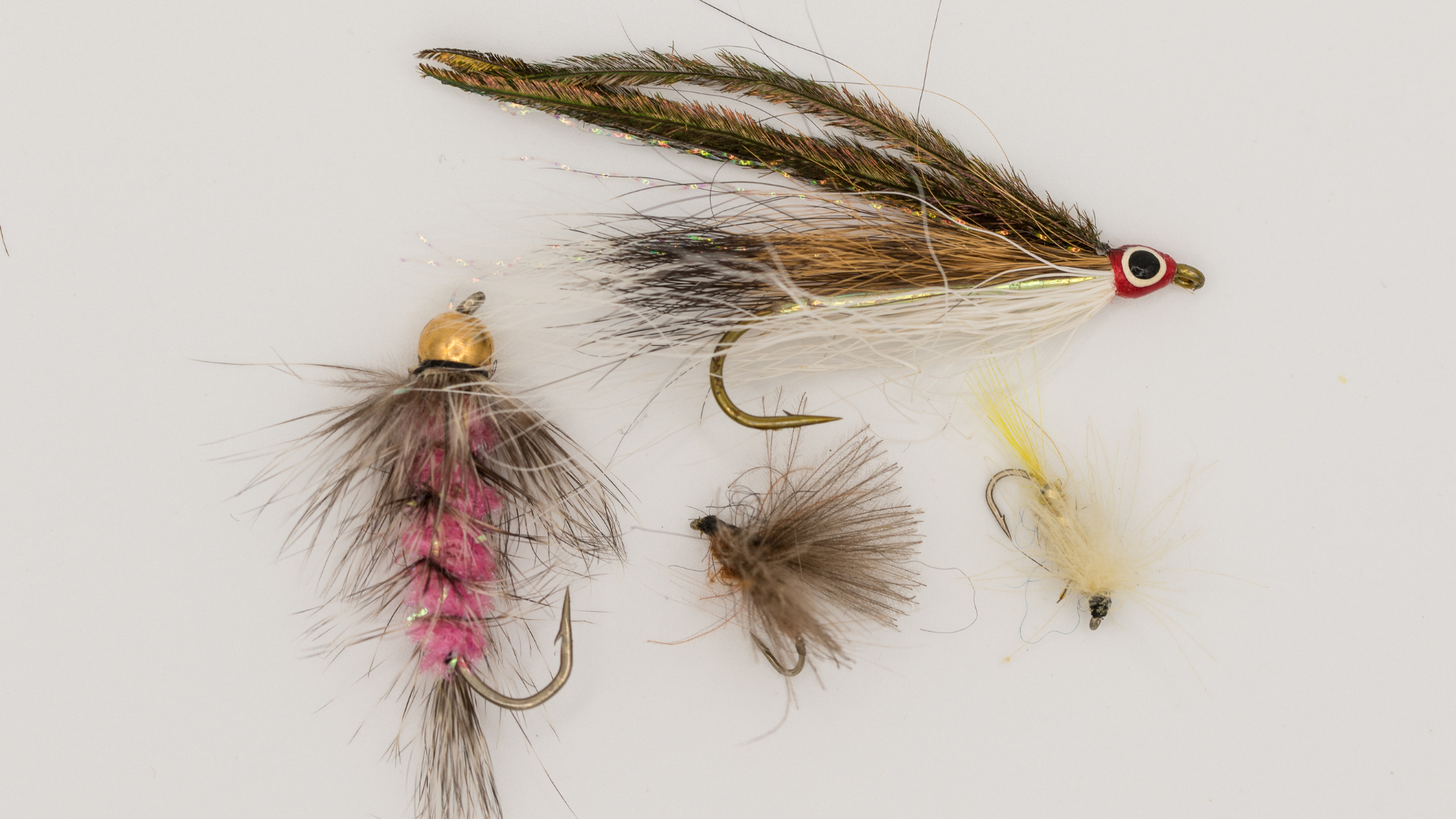Root River - Pilot Mound - Minnesota
Fly Fishing River Report & Conditions
Root River – Pilot Mound - Water Flow Chart
Root River – Pilot Mound - Weather report & radar
Root River – Pilot Mound - General hatch chart
| Month | Hatch | Time of Day | Recommended Fly Sizes | Popular Fly Patterns |
|---|---|---|---|---|
| January | Midges | Warmest part of day | #20-#24 | Zebra Midge, Griffith’s Gnat |
| February | Midges | Warmest part of day | #20-#24 | Zebra Midge, Griffith’s Gnat |
| March | Blue Winged Olives | Afternoon | #18-#20 | Comparadun, WD-40 |
| Little Black Caddis | Late Afternoon | #18-#20 | Elk Hair Caddis | |
| April | Hendricksons & Red Quills | Afternoon | #12-#14 | Hendrickson Parachute, Red Quill |
| Blue Winged Olives | Afternoon | #18-#20 | Comparadun, WD-40 | |
| May | Sulphurs | Late Afternoon to Dusk | #16-#18 | Sulphur Parachute |
| Caddis | Late Afternoon to Dusk | #14-#18 | Elk Hair Caddis | |
| March Browns | Afternoon | #10-#12 | March Brown Sparkle Dun | |
| June | Green Drakes | Evening | #10-#12 | Green Drake Cripple |
| Light Cahills | Evening | #14-#16 | Light Cahill Dry Fly | |
| July | Tricos | Morning | #20-#24 | Trico Spinner |
| Terrestrials | Mid Morning to Afternoon | #10-#14 | Hopper Patterns, Ants, Beetles | |
| August | Tricos | Morning | #20-#24 | Trico Spinner |
| Terrestrials | Mid Morning to Afternoon | #10-#14 | Hopper Patterns, Ants, Beetles | |
| September | Blue Winged Olives | Late Afternoon to Dusk | #18-#22 | Comparadun, WD-40 |
| Terrestrials | Mid Morning to Afternoon | #10-#14 | Hopper Patterns, Ants, Beetles | |
| October | Blue Winged Olives | Afternoon to Dusk | #18-#22 | Comparadun, WD-40 |
| Caddis | Late Afternoon to Dusk | #14-#18 | Elk Hair Caddis | |
| November | Midges | Warmest part of day | #20-#24 | Zebra Midge, Griffith’s Gnat |
| December | Midges | Warmest part of day | #20-#24 | Zebra Midge, Griffith’s Gnat |
Root River – Pilot Mound Access Points
- Rushing Park: Provides easy river access, picnic amenities, and space for relaxing. Predominant catches include trout and brownies.
- Pilot Mound Bridge: Located in Fillmore County. Best known for Rainbow and Brown Trouts.
- Lanesboro Park: Great trail for both leisure walks and fishing. This area has a high density of brown trout.
- Moser Park: Placed right at the center of the Pilot Mound. Ideal for picnics and catching brown trouts.
- Upper Root River: This section has decent hatches and solid populations of brown trout. Accessible through the Riverside on the Root’s extended property.
Root River – Pilot Mound Fishing Spots
The Root River in Pilot Mound offers ample opportunities for fly fishing. Notable spots include:
- Highway 16 Bridge: Located in the town of Pilot Mound, the Highway 16 Bridge offers deep pools perfect for fly-fishing. This spot is easy to access with moderate moving water.
- Lanesboro Dam: Situated within Lanesboro, this spot is great for both beginners and experts. This area tends to be busy but offers exceptional trout fishing.
- Whalan City Park: This spot is just past Lanesboro and typically less crowded. The river is wide here with slower moving water ideal for beginners or leisurely fishing.
- Peterson City Park: Located further downstream near Peterson town, this park includes rapids and deep pools that hold trophy-sized brown trout.
Remember to check fishing regulations and trout tags for the area before casting your line.
Root River – Pilot Mound Local Fish Species
- Brown Trout: Abundant in the Root River, offering exciting fly fishing experiences.
- Rainbow Trout: Known for their vibrant colors and exhilarating fight.
- Brook Trout: A bit more elusive, making them a coveted catch for experienced fly fishers.
- Smallmouth Bass: Challenging and thrilling due to their strong, energetic fights.
- White Sucker: Although not as favored as trout or bass, they are still targeted for their unpredictability.
- Northern Pike: Known for their fierce, aggressive nature, they offer a thrilling catch.
- Walleye: Known for being elusive, making them a rewarding catch.
- Yellow Perch: Popular for their delicious meat and significantly abundant in the Root River.
About the Root River – Pilot Mound
The Root River is a wondrous stream nestled in the heart of Minnesota, which has a history as rich and flowing as its current. Originating near Pilot Mound, this river has a robust past tied to agriculture and industry, serving as a potent timeline of America’s heartland.
Its name, Root River, draws from the Ojibwa word “Mus-coot-e-bug” meaning “root river”, and it comes with interesting tales. Stories of how it became a transport waterway for timber during the lumbering period in the 1850s.
Pilot Mound, at the headwaters of this river, is a significant landmark boasting a regional history. Cyclists, hikers, and nature lovers flock to this area, enraptured by the beautiful views of the winding river from this elevation.
- The Root River is well-known for its diverse species of fish, in part due to conservation efforts.
- Pilot Mound, on the other hand, provides opportunities for cross-country skiing, snowmobiling, and hiking in various seasons.
Thus, the Root River and Pilot Mound continue to captivate with their historical allure and natural beauty. A journey through them truly provides a glimpse into the heart of America’s past and the tranquility of its present.
Community Contributions
Be part of the fishing community!
No updates submitted for this river.



